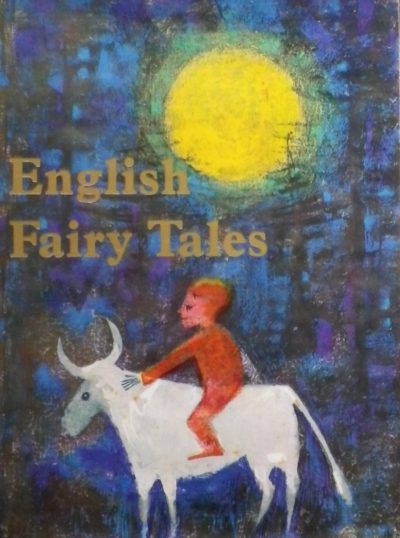“Fee! Fie! Foh! Fum!” – English Fairy Tales
~~~
“Fee! Fie! Foh! Fum!
I smell the blood of an Englishman.
Be he living or be he dead
I’ll grind his bones to make my bread.”
My father loved to bellow this speech, a self-dramatising performance of a giant or ogre warning his cowering victims, intimidating them. A huge, lumbering, self-satisfied threat of a strangely endearing, bread-making monster.
It’s an old old old speech (or quatrain, a kind of poem) already deeply embedded in British culture by the time Shakespeare had Edgar refer to it in King Lear. The lines feature in most fairy tale encounters with giants, those that occur on these British Isles, in ‘Jack and the Beanstalk’ and ‘Jack the Giant Killer’, but not only with Jack, as we shall see.
The funny seemingly meaningless alliterated syllables of the first line have been interpreted as a coherent phrase in ancient Gaelic meaning ‘Behold food, good to eat, sufficient for my hunger’, which expresses the hostility of native Celts to the invading Angles and Saxons. (It is perhaps no accident that giants tend to be found in Cornwall and Wales.)
Where my father learnt the speech, I don’t know. Possibly from his parents, or the playground. I suppose it was passed directly through him to me and my sisters, but I’ve been re-reading one of my favourite books from childhood—a collection of English fairy tales, adapted by Ann MacLeod, published by Paul Hamlyn—and it pops up in three of the stories.
English Fairy Tales (MacLeod/Janaček, Hamlyn 1965)
The collection has exemplary versions of some of the more famous tales, both Jacks, Beauty and the Beast, Goldilocks, the adventures of Tom Thumb, but there are other gems, such as Molly Whipple, Idle Jack, and The Princess and the Hazelnuts (more widely known as ‘Kate Crackernuts’).
 ‘Idle Jack’ reminds me of the character of Giufà found in Sicilian folk tales, in turn derived from Nasrudin of Turkish lore. Tales of an idiot. Innocent, comic, and subversive, at least of our everyday assumption and our work ethic. The English Jack, like his cow-selling namesake, is forced by his single-mum to do something constructive for the family. He gets a series of jobs, but proves neglectful and incompetent when it comes to payment. And yet, as is typical of the story type, Jack’s simple-minded clowning gets an undeserved reward.
‘Idle Jack’ reminds me of the character of Giufà found in Sicilian folk tales, in turn derived from Nasrudin of Turkish lore. Tales of an idiot. Innocent, comic, and subversive, at least of our everyday assumption and our work ethic. The English Jack, like his cow-selling namesake, is forced by his single-mum to do something constructive for the family. He gets a series of jobs, but proves neglectful and incompetent when it comes to payment. And yet, as is typical of the story type, Jack’s simple-minded clowning gets an undeserved reward.
Girl Heroes
I’ve never quite accepted the assertion that female characters in folk tales were either villains or damsels in distress. Some of the ‘classics’, especially those popularised by Disney, fit this description, but there are many exceptions and I’ve been aware of these since a young age. Courageous and resourceful from the start, ‘Molly Whipple‘ is what you might call a generic fortune-seeking male hero, but she’s a girl. I was going to say she kills giants, but—if you’ll forgive the spoiler—she doesn’t go that far: she outwits and humiliates.
Despite the evil step-mother premise, ‘Kate Crackernuts‘ presents another courageous female protagonist alongside a sisterly devotion seemingly immune to envy and rivalry. After the step-mother, the villains here are the faeries who have enthralled a young princess, forcing him to dance all night, leaving him weak and comatose in the day. Kate manages to rescues the prince while at the time relieving her sister of a wicked spell.
Sorry, another spoiler! — but you always know how these things are going to turn out.
illustrations by Czech artist, Ota Janaček


